When planning stage lighting, one of the most common questions is: What’s the difference between a spotlight and a par light? Though both are essential tools in entertainment lighting, they serve very different purposes. This guide will help you understand their key differences, ideal uses, and how to choose the right one—or both—for your setup.
What Is a Spotlight?
A spotlight is a type of stage light that produces a narrow, sharply defined beam. It is designed to focus attention on a specific performer or object. Spotlights often include shutters, lenses, and gobos to shape the light and control its intensity.
Beam: Narrow, focused, with clean edges
Control: High—adjustable focus, shape, and framing
Best for: Theater performances, solo acts, speaking events
Types: Profile spotlights, ellipsoidal reflector spotlights (ERS), LED profile lights
What Is a Par Light?
A Par (Parabolic Aluminized Reflector) light provides a broad, even wash of light. It’s commonly used for background illumination, stage washes, and ambient effects. While traditional halogen versions were fixed in color and shape, modern LED Par lights offer full color mixing and dimming capabilities.
Beam: Wide, soft-edged, less directional
Control: Low—fixed beam angle unless LED
Best for: Background lighting, color washing, general coverage
Types: LED Par lights, halogen Par cans
Spotlight vs Par Light Comparison
| Feature | Spotlight | Par Light |
|---|---|---|
| Beam Shape | Sharp-edged, focused | Soft-edged, wide wash |
| Light Control | High (shutters, focus, gobos) | Low (fixed or minimal control) |
| Coverage Area | Narrow | Broad |
| Color Options | Add gels or use LED models | LED versions offer full RGB mixing |
| Best Applications | Drama, speeches, performer highlight | Background, ambient, effects |
| Mounting Flexibility | Fixed positions or follow spots | Easily mountable in multiples |
| Price Range | Typically higher | Generally more affordable |
When Should You Use Each Type?
Use Spotlights When:

You need to highlight a lead performer, speaker, or object
You want clear edges and adjustable focus
You’re working in a theater or with scripted performance blocking
Use Par Lights When:

You want broad color washes across walls, curtains, or stage
You need simple, effective background lighting
You’re designing lighting for concerts, weddings, or events with changing moods
Can Spotlights and Par Lights Work Together?
Absolutely. In fact, many professional lighting setups use both. For example:
Use spotlights to highlight the main performer or speaker.
Use par lights to provide a consistent wash of color behind them.
Together, they help create depth, contrast, and visual balance across the stage.
FAQ
Are spotlights brighter than par lights?
Generally, yes—spotlights focus light into a smaller area, making them appear brighter.
Can I use par lights to highlight a speaker?
Not effectively. Par lights are better for ambient washes, not focused beams.
Are LED spotlights better than traditional ones?
LED spotlights are more energy-efficient and offer more control features.
What’s the lifespan of each light type?
LED versions of both types typically last 25,000–50,000 hours, while halogen models last much shorter.
Final Thoughts
Choosing between spotlights and par lights isn’t about which is better—it’s about what your stage needs. Spotlights offer focus and precision, while par lights deliver broad coverage and color. When used together, they create a professional and dynamic lighting setup.
Not sure which light fits your project? Contact us now for expert advice.


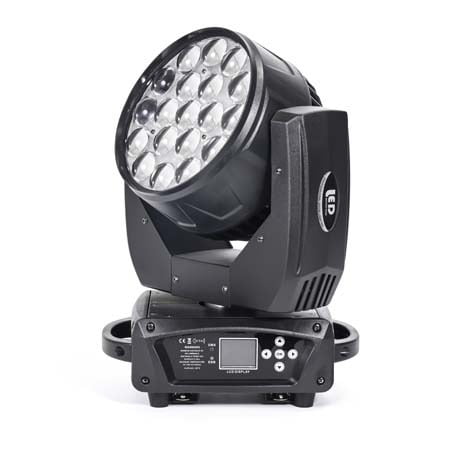





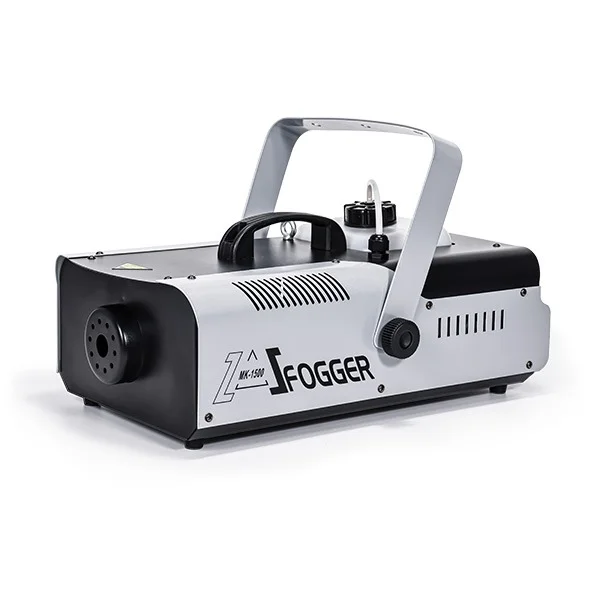
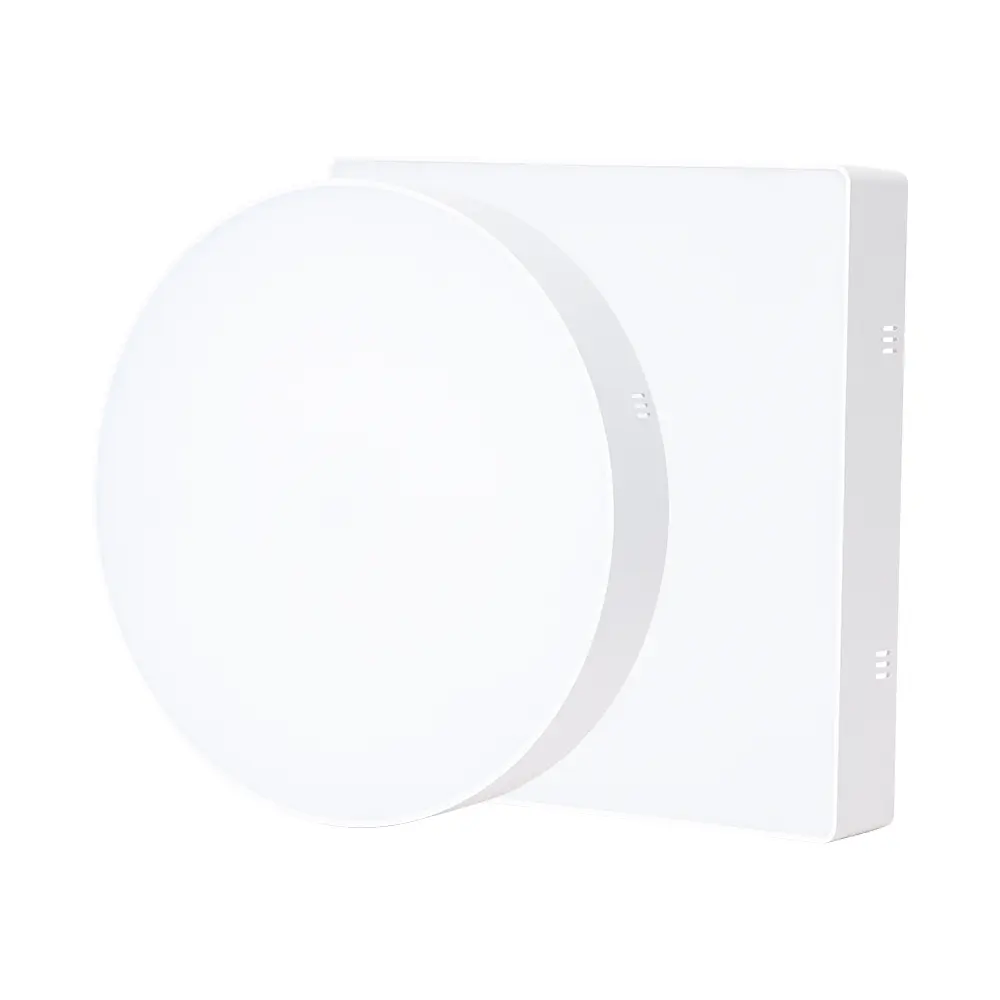

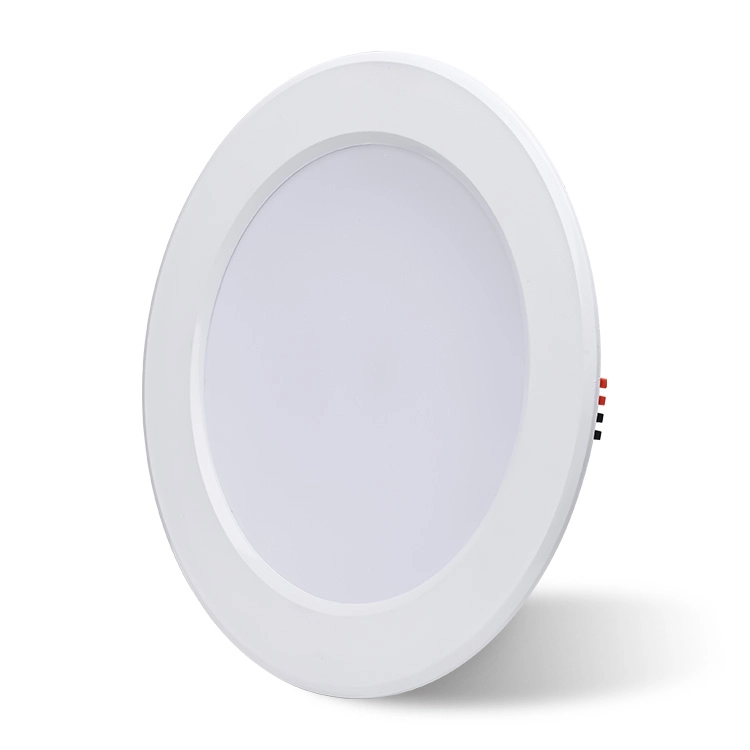
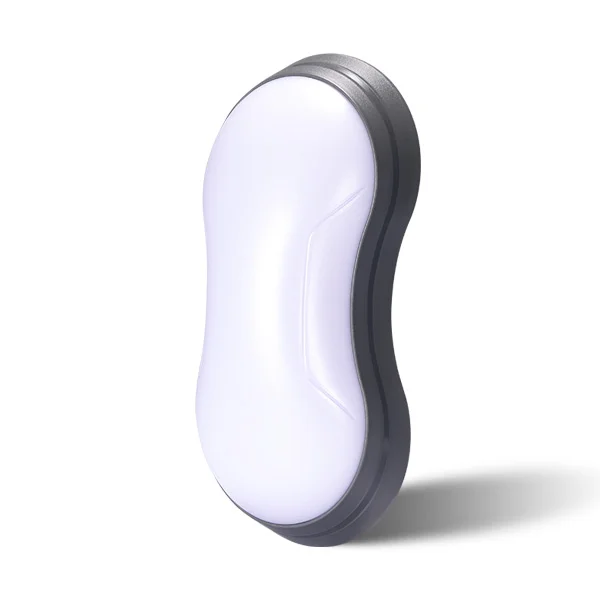

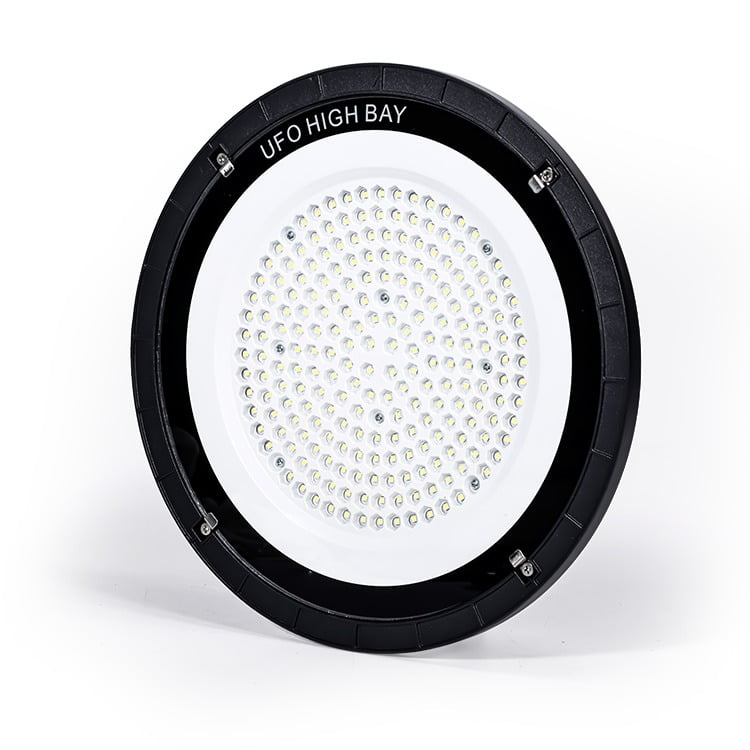
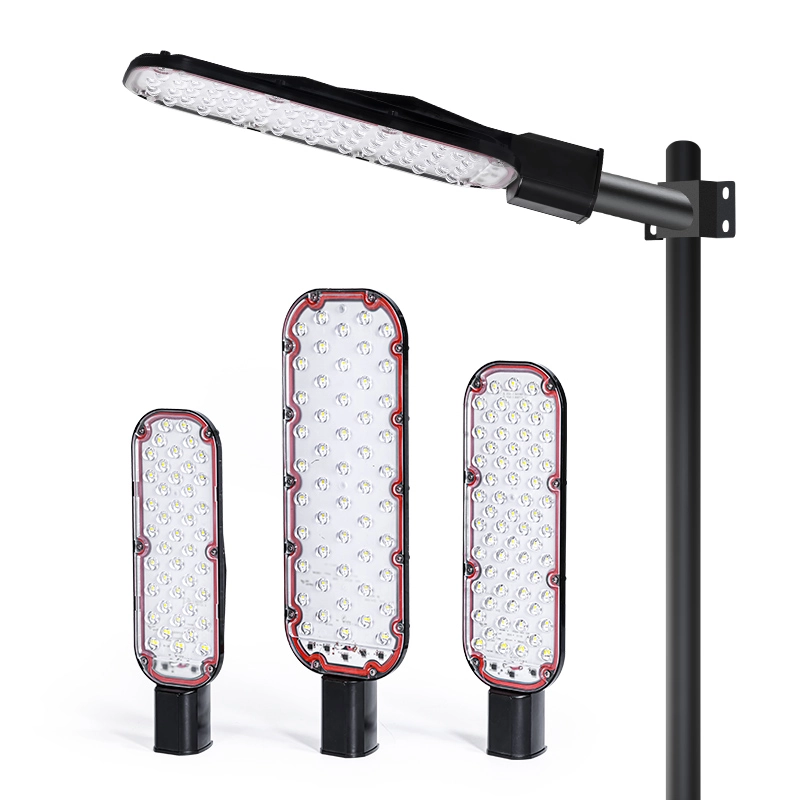

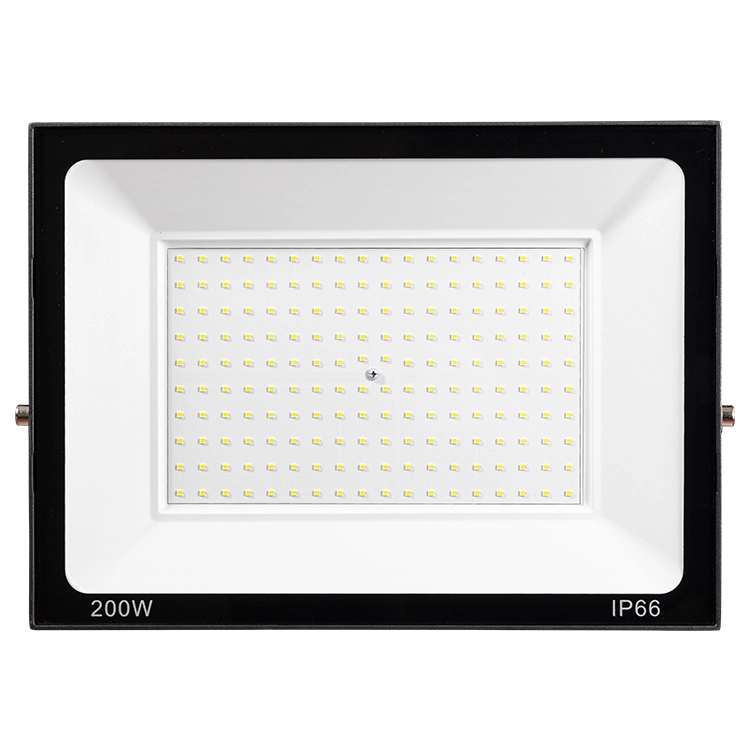
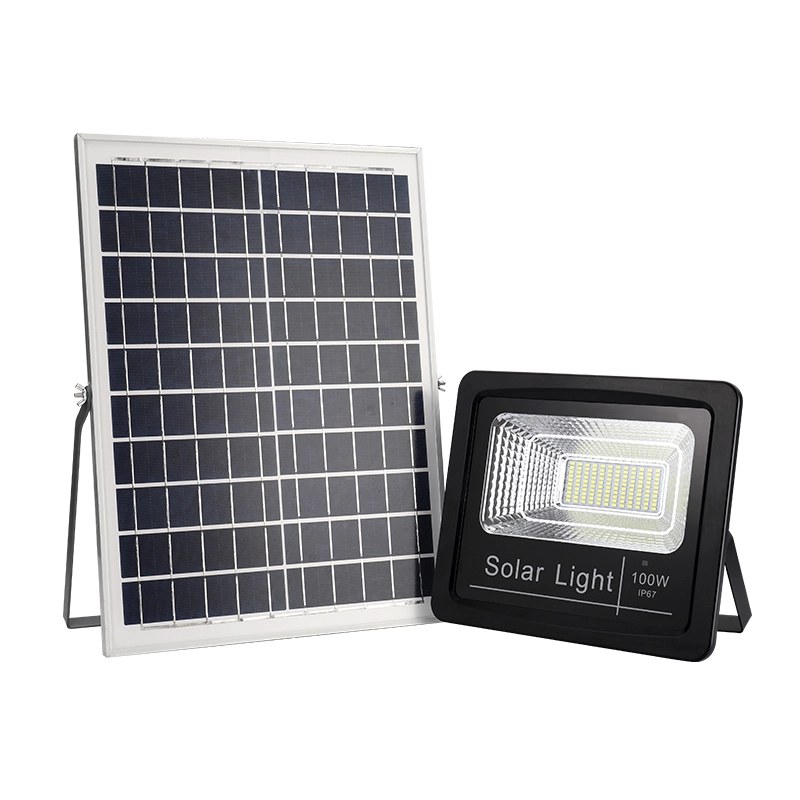





![Feature image 1 - Top 10 Stage Lighting Manufacturers[2025 Updated] - Vorlane - Vorlane Feature image 1 - Top 10 Stage Lighting Manufacturers[2025 Updated] - Vorlane - Vorlane](https://vorlane.com/wp-content/uploads/2022/12/Feature-image-1.png)



